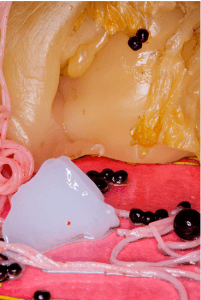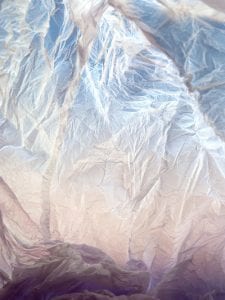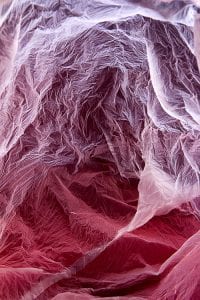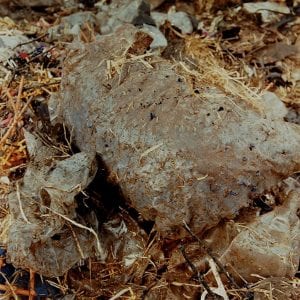Snoopers Paradise
Looking into waste, i wanted to explore further what waste is which meant looking at its origin. This led me to looking at Objects or belongings and the psychological connection we have with our items and the reasoning for throwing them away. I went into Snoopers Paradise as it is known for its vast selection of items from vintage clothes to animals in jars. I have been in there a few times and have become aware of the large number of old family photos that are up for sale, which i feel really embodies the nature in which throw away even our most sentimental items. The idea that a families holiday photos or school portraits are up for sale for someone else to buy and repurpose and that we can even put a price on someone else belongings.
This led to the further exploration of this idea, and looking at artists below:
Paula Morales
This work is a collaboration between Paula Morales, Gutta Galli, and Anita Giasante which looks at found objects and their continuous projection of human life even after death. I found this work interesting as it reflecting a persons personality through an inanimate item which allows for strangers to come and interpret this from their perspective.
Guy Batey
This series of images by Guy Batey titled ‘ The Melancholy of Objects’ is a display of object Batey came across throughout living in east London. These images are of objects that have been discarded or forgotten about and Batey describes how ‘Some of these objects stop me in my tracks with the power of their presence. They seem to want to talk to me, to tell me their stories. These photographs show what I feel they have to say.’
This concept was interesting to me as it conveyed the idea of how a object that has come to the end of its use, looking broken and destroyed, is able to explore the entirety of its lifecycle, portrayed in its natural form which identifies how although its initial ability for purpose has ended, its still ives through it current state.
The format in which Batey has taken his images is similar to photographers mentioned in previous posts, which













































